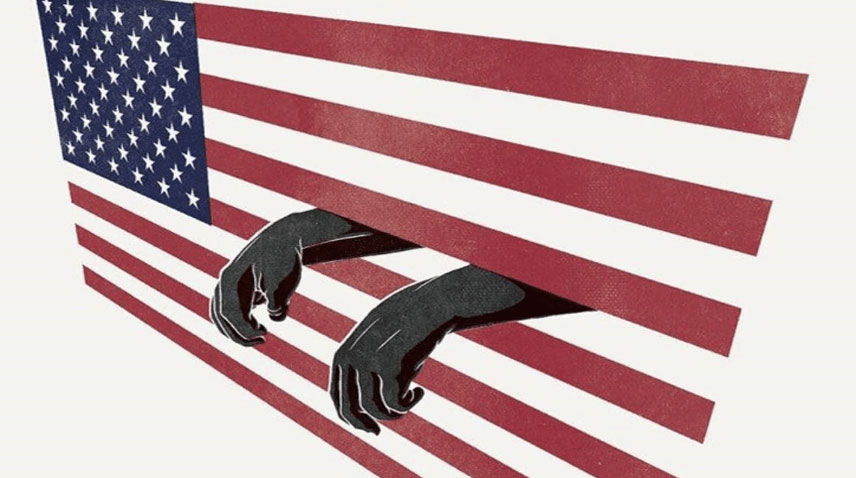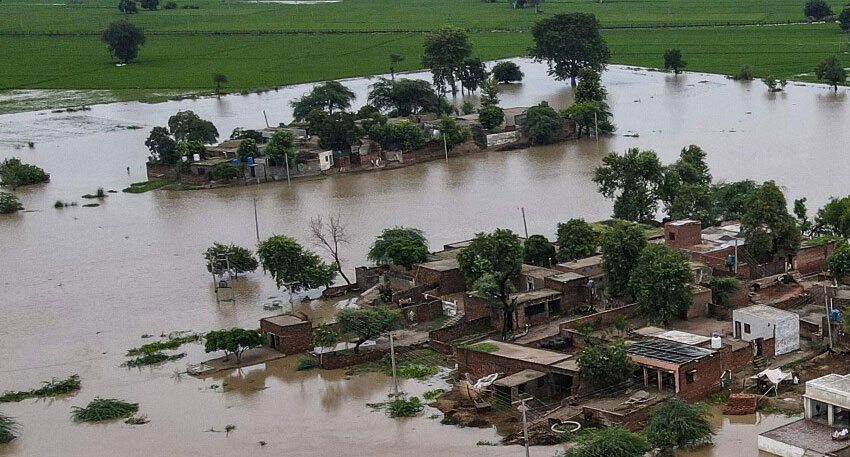
The other countries with the highest rate of incarceration are as follows: El Salvador (1,086), Cuba (794), Rwanda (637), Turkmenistan (576), American Samoa (538), United States (531), Panama (499), Guam (475), Palau (428), and Uruguay (424).
Incarceration is the state of being confined in prison, typically as punishment for a crime. This account regarding the US translates to an incarceration rate of 629 people per 100,000, which is also the highest rate in the world.
Every country in the world has a prison system of some sort, though the exact nature of that system—as well as the number of prisoners incarcerated within it—varies tremendously from country to country.
The United States leads the world in total number of people incarcerated, with more than 2 million prisoners nationwide (per data released in October 2021 by World Prison Brief). This number is equivalent to roughly 25% of the world s total prison population and leads to an incarceration rate of 629 people per 100,000—the highest rate in the world.
Within the country, the prison populations in each state vary from one to the next, with the highest rates in Louisiana and Oklahoma. Overall, the incarceration rate in the U.S. has skyrocketed in the past decade—the prison population was a mere 200,000 in 1972, less than a tenth of today s total. However, the current rate is the lowest it has been in 20 years.
Challenges raised by high incarceration rates
Mass incarceration in the United States is a civil rights issue. Organizations such as the Prison Policy Initiative argue that incarceration dehumanizes poor people and minorities, damages already marginalized communities, and often jails people for small-scale offenses such as marijuana possession in countries where weed is illegal. Additionally, evidence exists that a high incarceration rate does not actually increase public safety—a stance often validated by data on crime rate per country, murder rates, rape statistics, and gun violence per country. Nor, for that matter, does capital punishment, commonly known as the death penalty.
Mass incarceration can also lead to several logistical issues including prison overcrowding, which increases health risks and decreases the psychological well-being of those inside. Around the world, many countries have jail occupancy rates that exceed 100% of their prison system s capacity.
Kenya s jail occupancy level is currently 284%. Additionally, the massive number of prisons and prisoners places a significant strain on state budgets. Prison costs include adequate security, food, recreational and education opportunities, infrastructure maintenance, utility costs for the facilities, healthcare for the prisoners, and (in better prisons) programs to train and rehabilitate inmates so they are less likely to return to prison in the future.
State prison spending varies greatly and can be as high as $69,355 per inmate per year (the average cost of an inmate in New York).




